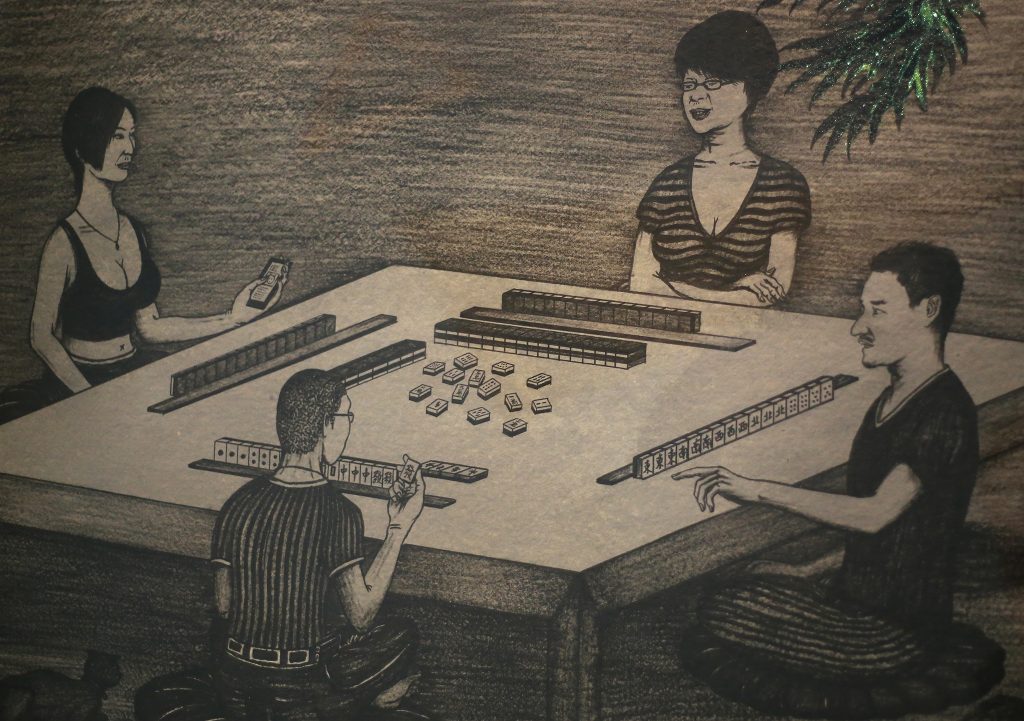For English, please scroll down.
2016.10.13(四)7-9pm
地點:台北當代藝術中心(捷運:大橋頭站)
與會對談者:李俊陽、姚瑞中、林其蔚、胡向前
藝術家們的每次會面都可能作為一場革命的開始。
這場野台開講以目前正在台北當代藝術中心展出的《週休八日圖》(姚瑞中)、《再造米開朗基羅》(胡向前),作為前言背景,展開一場穿越時空場景的漫談。
過去二三十年間,到底有過哪些值得記憶的場景、事件曾經作為一種文化運動的溫床,裡頭串流什麼樣的情感張力、批判意識、美學想像?如何在彼此激盪的處境裡生產出新的文化空間與思想交流?我們又如何回頭描摹及記憶這些前浪推後浪的群像表情,去辨識藝術語言和力量的傳承和推進,並進一步去連繫出其中文化累積和思想持續召喚的關係?藝術家相儒以沫、吃喝玩樂的場景往往就是面向社會、哲學、人生、技藝、文化等的一種學習、交流與勞動,這些複雜的私人交集狀態往往演練成就更大的人文圖景。
這場亂彈隨聊中,或許我們將一起探索這些人文風景的構圖,並去思索如何為那些關於當年勇的生猛故事建立敘事和檔案的可能。
Time: 2016.10.13 (Thursday), 7-9pm
Venue: Taipei Contemporary Art Center, No. 11, Lane 49, Baoan Street (MRT: Daqiaotou Station)
Speakers: Yao Jui-Chung, Lin Chi-Wei, Lee Jung-Yang, Hu Xiangqian
Every artists’ gathering could be a starting point for a revolution.
Taking the exhibited works Eight Days a Week (by Yao Jui-Chung) and Reconstructing Michelangelo (by Hu Xiangqian) as the foreground for this conversation, this gathering will try to go through stories from different spaces and times.
During the past twenty or even thirty years, which remarkable scenes or events can be considered as agents for cultural movement that conveys the currents of emotional tension, critical consciousness and aesthetic imagination? How have we generated new culture space and idea exchange by building up inspiring contexts for one another? Would it be possible that we could find ways to reflect our memories and portray these historical expressions, so that we can come to understand the progress and distribution of artistic language and power, and to bridge the relations for cultural inheritance and commons? The social scenarios that artists create to hang out, play around, eat and drink together are usually also the sites of learning, exchange and labor for their practices to connect society, philosophy, life, technology and culture, and these private gatherings often produce a larger cultural picture.
Perhaps in this casual catch-up, we will try to explore the composition of this cultural picture, and contemplate how to construct narratives and archives for those old time stories.

